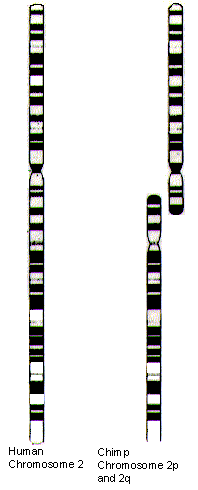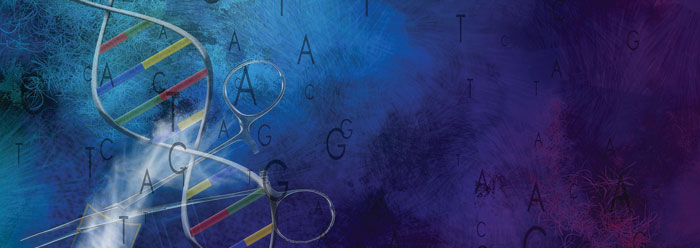I got the first four posts of this thread years ago. Been there and done that.
The issue you denseheads don't grasp is where are Denisovans and Neandertals, along with homo habilis and homo erectus in regards their basic DNA sequencing?
46 Chromosomes or 48?
For that matter, so far no one has established a proven timeline for when this fuse of chromos happened, or where and when we modern humans~homo sapiens sapiens branched off from the others whom branched off from the ape "tree".
FWIW, there is another DNA avenue to explore;
...
In 1987, A world wide survey of human mitochondrial DNA (mtDNA) was published by Cann, Stoneking, and Wilson in Nature magazine. Its main point was that "all mitochondrial DNAs stem from one woman" and that she probably lived around 200,000 years ago in Africa. When the media picked up from Wilson, one of the authors of the paper, that they had found the "Mitochondrial Eve" or "African Eve", the story became a sensation. Have scientists found "the mother of us all"?
Most people know about the nuclei of cells and that the genetic inheritance from both parents are found in the nucleus. Humans have 46 chromosomes which they inherit from both their parents. Parts of both the DNA from the mother and father are put together in a recombination process that allows the children to have traits from both their mother and their Father.
However, there is DNA located in other parts of the cell. In the cytoplasm, organelles called mitochondria, which provide energy for the cell in the form of ATP, also have DNA. This DNA, however, does not seem to come from both parents. Instead, it comes only from the mother and not from the Father (There seems to be some rare exceptions to the rule that only the mother contributes the mitochondrial DNA. See
the mitochondrial Clock Update: Is maternal mitochondrial inheritance still thought to be true?).
Initially, it was thought that for humans, most of the sperm remained outside of the egg. Only the head with the nuclear DNA and the centrosome, were thought to enter the egg. But that view has changed. Now it has been determined that the whole sperm enters the egg. However, virtually all of the sperm is broken down by enzymes. Only the chromosomes found in the head of the sperm in crystalline form are preserved and used in the recombination process to produce the final version of the new egg cell DNA. The sperm mitochondria and its DNA are broken down by enzymes made for that purpose. See
the mitochondrial Clock Update: for details. However, the end result is still the same. The mitochondria and its DNA from the sperm are not used. Only the mitochondria from the egg are used for the newly developing person.
So, our mitochondrial DNA is essentially identical to that of our mother. Mitochondrial DNA is transfered from mother to daughter, generation after generation. The mitochondrial DNA in the son, which he got from his mother, is a dead end street, since his mitochondrial DNA will not be used in his children.
Nuclear DNA changes a lot since it undergoes recombination in every generation. However, the mitochondrial DNA gets transfered from generation to generation without any recombination. Only the normal mutation rate that occurs when DNA is replicated allows the mitochondrial DNA to change. This is why the world wide survey was able to determine that all people are related via some original mother which they called the "mitochondrial Eve". They produced ancestral trees that depended on the slow mutation rate of mitochondrial DNA to estimate how the whole human population came from a single woman.
After the initial discovery of the "mitochondrial Eve", Wilson felt uneasy about using the term "Eve" because it caused many to think that she was the only woman living at that time, much like what is written in Genesis of the Bible concerning Adam and Eve in the Garden of Eden. Also, the usual evolutionary time-scale for man did not allow such a short time as 200,000 years. Rather, it is believed that man has been around for a much longer period of time. Java man is thought to be 800,000 years old.
Homo erectus specimens are found all throughout the world. Over forty specimens of Asian
Homo erectus which have been found in China, have been dated 220,000 to 500,000 years of age. Lucy, and the earliest remains of specimens that are thought to be of the first to stand upright, are thought to be at least 1 to 4 million years of age.
...
Introduction of the mitochondrial Eve story. Is the Mitochondrial Clock speed faster than we thought? Don't expect the present mitochondrial clock rate to match an evolutionary rate based on the common ancestor of chimpanzees and humans.
www.mhrc.net
....
As presented in this thread which relates here some;
The Geminga Scenario


:max_bytes(150000):strip_icc()/woman-kneeling-and-looking-at-man-doing-sit-ups-at-park-598308027-572a38895f9b58c34c4062b6.jpg)





